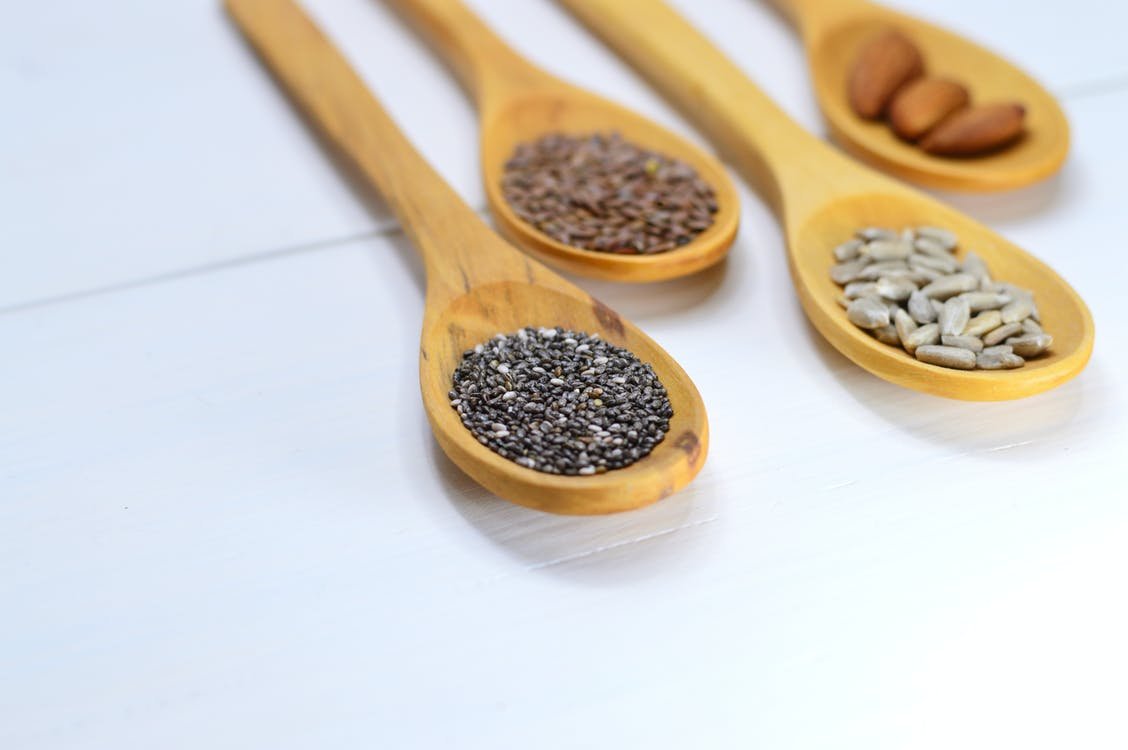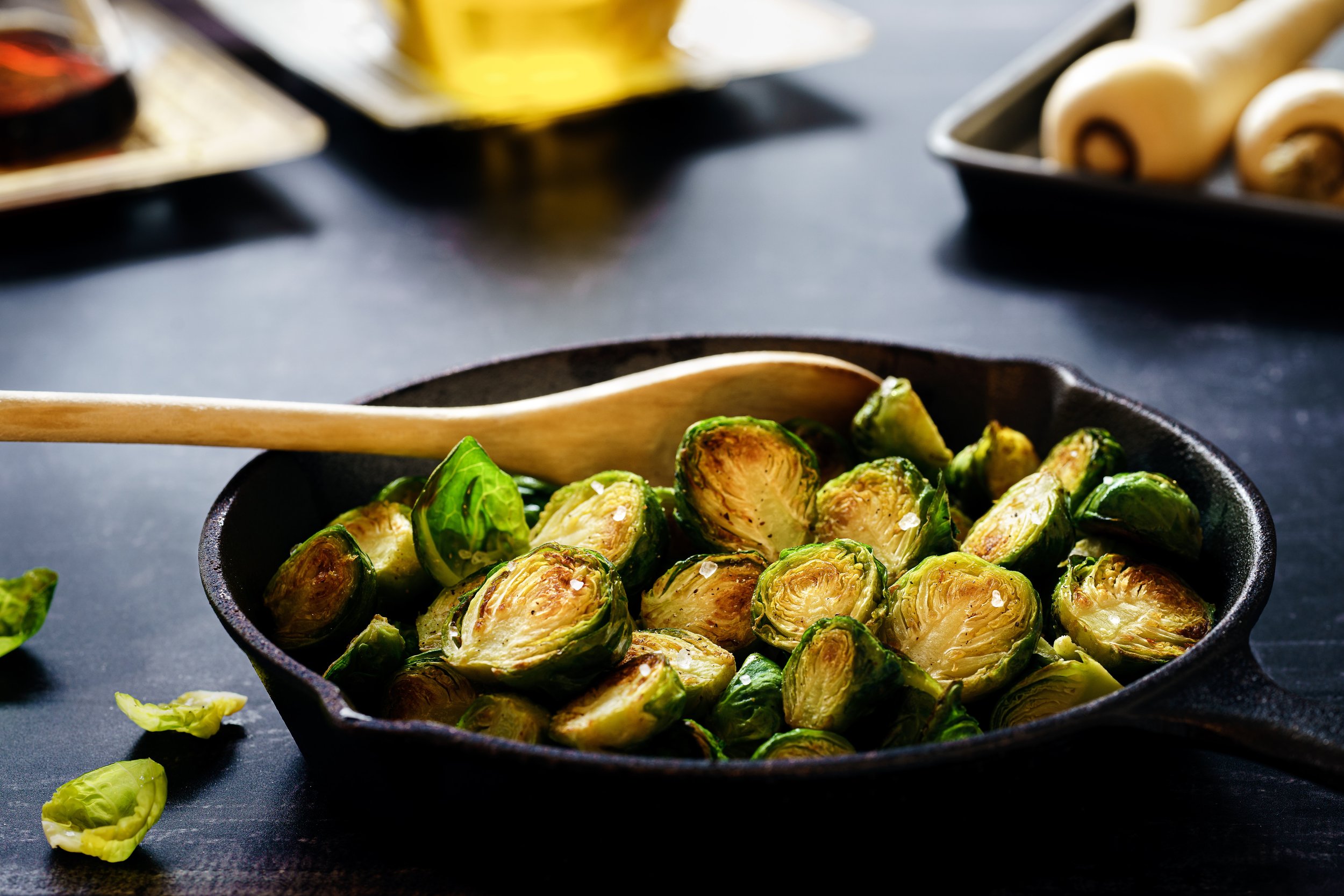Can you get enough iron from plants?
Photo by: Miguel Á. Padriñán
You may be eating more iron in your everyday diet than you realize; however, ensuring that you're consuming enough is especially important for those on a plant-based diet. Daily iron needs double during your pregnancy (to 27 mg/day), as your blood must carry enough oxygen for two. Finding ways to get enough iron is important for many functions in the body. It will also help prevent you from feeling weak and fatigued.
Forms of Iron
There are two types of iron that we get from food - heme and non-heme. Heme is iron from animal products, which is easier for our bodies to use. Non-heme iron comes from plant sources, which our bodies absorb, but not as well. If you are following a plant-based diet, you will need to consume a pretty hefty amount of these sources. I’m talking almost 2 times more iron-rich foods than those who eat animal products. This is because most of the iron in plant sources won’t actually be absorbed by the body.
How much iron do we actually absorb?
Okay, stay with me while I talk numbers for a minute.
Spinach is an example of how little iron is actually absorbed from some plant sources. If you compare 100 grams of spinach and 100 grams of sirloin steak, they each have about 2.5 mg of iron. The downside is, your body only absorbs 1.7% of the iron from the spinach (0.044 mg) compared to 20% absorbed from the steak (0.50 mg). Don’t think that this is me telling you not to eat spinach… please keep eating spinach! It’s full of nutrients, it just doesn’t contain a ton of iron that our body can absorb.
Photo by: Asya Vlasova
The role of vitamin C
The good news is vitamin C can help increase the amount of iron that your body absorbs from plant sources. So, including foods like oranges, red peppers, kale, strawberries, tomato sauce, and grapefruits can help you meet your needs for vitamin C and iron. Who doesn’t like a two-for-one?
Try a cast iron skillet
Another trick to try and increase your iron intake is cooking in a cast-iron skillet. Like me, you may be surprised to learn that cooking in a cast-iron skillet can actually fortify your foods with iron. It has been discovered that acidic foods (like tomato sauce) tend to absorb the most iron from cast iron pans. However, other foods can also increase their iron content from these skillets. So next time you’re cooking, try cooking in a cast-iron skillet!
Photo By: Sebastian Coman
Foods to avoid
If you want to absorb the most iron from your food there are a few things to avoid while eating iron-rich foods. Try to avoid eating calcium-rich foods or supplements, tea, and coffee, as these foods can inhibit iron absorption. Some studies show that calcium overconsumption can cause a decrease in iron levels in the body.
Supplementation?
If you believe you are not getting enough iron from food, seek the advice of a healthcare professional to see if supplementation could be a good addition for you. Ask which forms to take that will be easier on your stomach, as some forms of iron supplements tend to cause constipation.
What foods contain iron?
Food is the preferred source of nutrients. Here are some plant-based sources that can help you meet your iron needs!
References:
Iron. NIH Office of Dietary Supplements. https://ods.od.nih.gov/factsheets/Iron-HealthProfessional/. Accessed November 16, 2021.
The chemistry of spinach: The iron myth and 'spinach teeth'. Compound Interest. https://www.compoundchem.com/2018/07/17/spinach/?fbclid=IwAR265vZhTB3Q7JWwGyyQYNehSnO3e90XReuAHhLtkYSpwfchhloh7-vcP30. Published July 25, 2018. Accessed February 3, 2022.
Brittin HC, Nossaman CE. Iron content of food cooked in iron utensils. J Am Diet Assoc. 1986;86(7):897-901.
Lynch SR. The effect of calcium on iron absorption. Nutrition Research Reviews. 2000;13(2):141-158. doi:10.1079/095442200108729043





